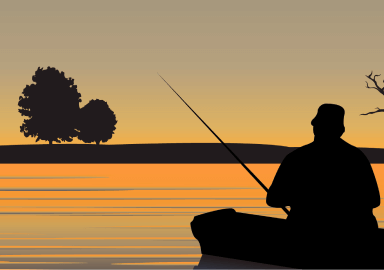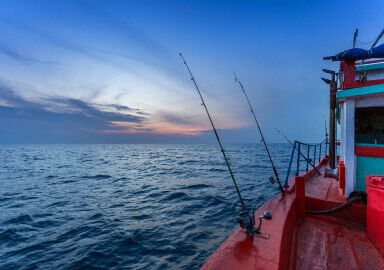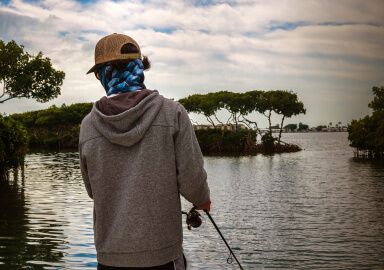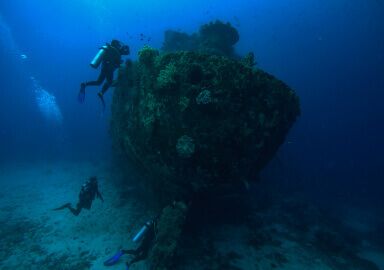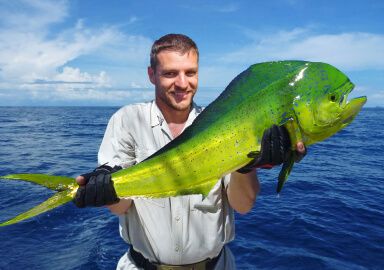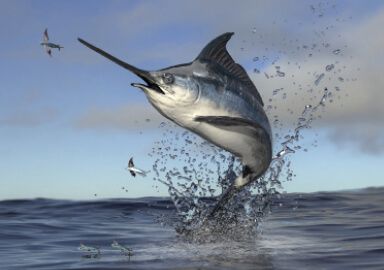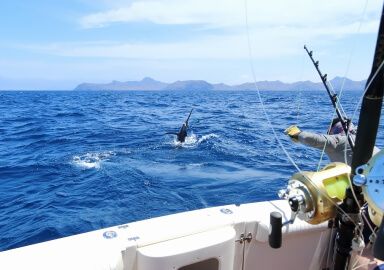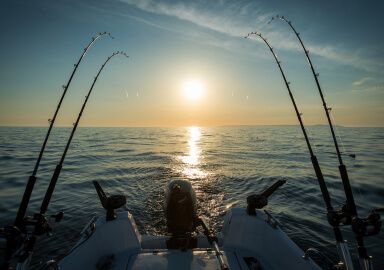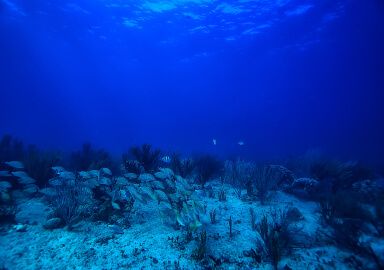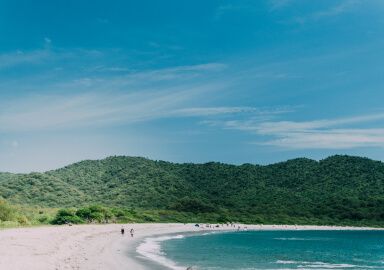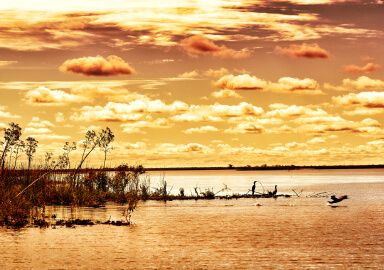Fishing in Galápagos Islands
Remote, pristine, and teeming with life — the Galápagos Islands are a dream destination for anglers seeking world-class fishing in one of the most extraordinary marine environments on the planet.
View 2 listings
2
listings
–
price starting from
9
fish species
About Galápagos Islands
Located about 600 miles (1,000 kilometers) off the coast of mainland Ecuador in the Pacific Ocean, the Galápagos Islands are best known for their unique wildlife and role in shaping Charles Darwin’s theory of evolution. But beyond the land iguanas, blue-footed boobies, and giant tortoises lies one of the most dynamic marine ecosystems in the world—and a fishing destination like no other.
You might have heard that there’s no sport fishing on the Galapágos Islands, and this is true - private “sport” fishing is not allowed in the Galapágos Marine Reserve, which covers nearly 100% of the area around the islands. However, the authorities issue a limited number of permits to local operators to conduct the so-called “vivencial fishing”, which is basically recreational fishing done in accordance to the highest sustainability standards (catch-and-release and everything).
Strict environmental protections mean fishing is heavily regulated—but also incredibly rewarding, with designated sportfishing zones and a catch-and-release ethos ensuring sustainability. The archipelago sits at the crossroads of several major ocean currents, including the Humboldt, Panama, and Equatorial Countercurrents, which mix cold and warm waters to create a nutrient-rich marine environment. These conditions attract large baitfish schools and, in turn, abundant apex predators, both pelagic like the marlin and sedentary like the grouper.
Fishing in the Galápagos is not for the casual cast-from-shore tourist — It’s for adventurers willing to journey into deep blue waters, often just minutes from land, to battle some of the ocean’s most powerful species in a pristine, isolated setting. Just make sure you set aside a day or two to enjoy the regular attractions of the archipelago, like snorkelling with penguins and wildlife watching. Many anglers report they've been so absorbed by fishing that they neglected anything else, to their later regret. But that would be a reason to come again, wouldn't it?
Fishing Types
Fishing in the Galápagos is primarily offshore big game sportfishing, complemented by reef and bottom fishing, and light tackle inshore trips in certain areas. Charters typically depart from islands like San Cristóbal, Santa Cruz, and Isabela, where the fishing infrastructure is best developed.
The steep volcanic geography of the islands means the continental shelf drops off quickly, so anglers can reach deep-sea fishing grounds within minutes of leaving port. While diving and eco-tourism dominate the local economy, several fishing charters offer full-day adventures into waters where few others fish, ensuring low pressure and exceptional results.
Targeted Fish Species
The Galápagos is renowned for its trophy pelagic species, especially striped marlin, blue marlin, black marlin, and sailfish, all found in impressive numbers and sizes. The prime season for marlin and sailfish runs from December to June, coinciding with warmer sea surface temperatures and baitfish migrations.
In addition to billfish, anglers regularly catch yellowfin tuna, wahoo, dorado (mahi-mahi), and bigeye tuna. Closer to the islands, reef fishing yields cubera snapper, amberjack, grouper, and trevally, while rocky shorelines are home to galápagos grouper, green jacks, and corvina. The islands’ rich biodiversity means anglers may also encounter rare or endemic species not commonly seen elsewhere.
Fishing Techniques
Trolling is the most common technique for targeting marlin, tuna, and dorado. Boats use a combination of skirted lures, ballyhoo rigs, and teasers, with captains relying on bait balls, bird activity, and ocean current shifts to locate feeding zones. Due to the relatively low boat traffic, fish in the Galápagos are often more aggressive and less wary than in other parts of the Pacific.
Jigging and bottom fishing are popular near underwater seamounts and reefs, where powerful species like amberjack, snapper, and grouper thrive. Some charters offer popping and stickbait casting for inshore predators, especially around volcanic cliffs and submerged rock structures. While fly fishing opportunities are limited, specialized guides may accommodate it in calm inshore areas, particularly for jacks and trevally.
